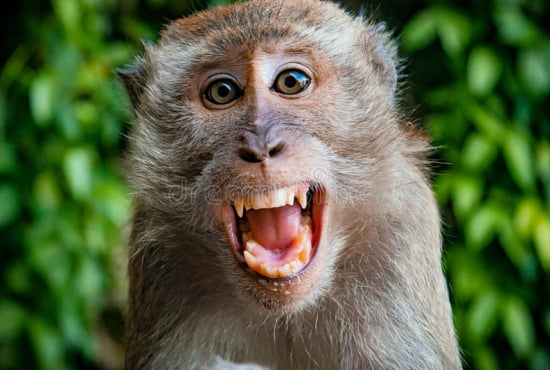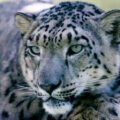Introduction Of Monkey
A monkey is any of several kinds of primates (such as monkeys, baboons, and macaques) that have long tails and are related to the apes, including humans. These diverse animals live in many parts of the world, including Africa, Asia, and Central and South America. They have adapted to almost every kind of habitat on Earth—from tropical forests to desert sands to snow-covered mountain peaks.
Many species live in groups of their kind or with other animals in larger social groups such as troops or troops. About seventy different species of monkeys are known to exist today. Monkeys are generally intelligent and very active creatures.
There are multiple types of monkeys. Some are included in the family Cercopithecidae and some aren’t. The ones that aren’t part of it include Capuchin Monkeys, Mangabeys, Guenons, and Patas Monkeys. The members of Cercopithecidae include Chimpanzees, Spider Monkeys, Rhesus Monkeys, and Macaques; there is 16 species total.
There are also two subgroups: New World monkeys which live in South America and Central America; and Old-World monkeys which inhabit Asia and Africa. All live in various types of natural habitats including tropical rainforests in Latin America to deserts and grasslands in Asia.

Where Do Monkeys Live?
Monkeys live in many areas of Asia and Africa. It is often difficult to distinguish between monkeys and apes; however, there are some physical differences to help you understand which group a monkey belongs to. Monkeys tend to have smaller nostrils than apes and smooth skin that lacks fur. Monkeys also tend to have very thin arms with long fingers that end in grasping hands designed for picking fruit off trees.
Apes’ arms are generally longer than their legs and they walk on all fours while swinging from tree branches using their strong upper bodies. Monkeys can be found in tropical areas of Asia such as Indonesia or they may inhabit North Africa among other regions near water sources such as rivers and lakes.
Monkeys are omnivores, which means they eat a variety of foods. However, their diets consist primarily of fruit and leaves. Baboons eat bugs as well when they’re available. If you’re keeping your pet monkey in captivity but don’t have other food options available to it like insects or grasses and weeds then you should consider adding monkey pellets to its diet. These pellets mimic what a monkey would normally be eating in its natural habitat and help keep your pet healthy and happy.

Physical Characteristics
With over 200 species, monkeys come in a variety of sizes and colours. They usually have fur covering most of their bodies that may be colored white, grey, or black. Some species also have a long tail with either hair or fur growing from it. The length of a monkey’s tail can sometimes be used to determine its gender; male monkeys typically have longer tailed than females.
Other physical characteristics that are similar for most monkey species include nails on all four limbs and grasping hands that make it easier for them to hold onto branches while they climb trees. Their opposable thumbs give them more gripping ability than other animals their size, which aids in their climbing capabilities and enables them to hang by one hand while they eat with another.

Incredible Facts
Monkeys are one of our closest genetic relatives. We share a common ancestor that lived over 30 million years ago. Most monkeys are arboreal—they live in trees. Monkeys have thumbs to help them grasp branches and be more agile. The smallest monkey is Least Monkey which weighs only 55 grams (about 2 ounces).
The biggest monkey is The Eastern Lowland Gorilla which weighs 165 kilograms (360 pounds). Some monkeys are omnivores, some vegetarian and some mostly eat insects or other invertebrates; some have not even adapted to eating fruit at all and have very short digestive tracts designed for a diet of meat.


Can you be more specific about the content of your article? After reading it, I still have some doubts. Hope you can help me. https://www.binance.com/ka-GE/register?ref=53551167